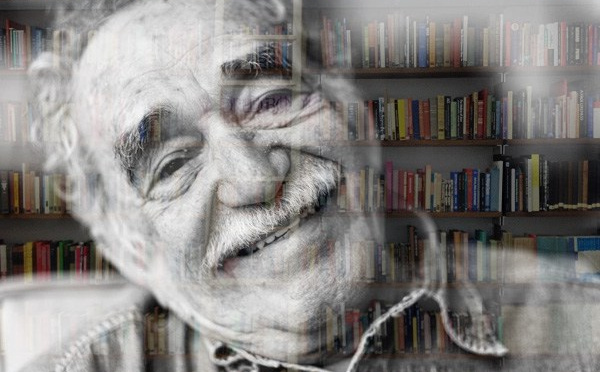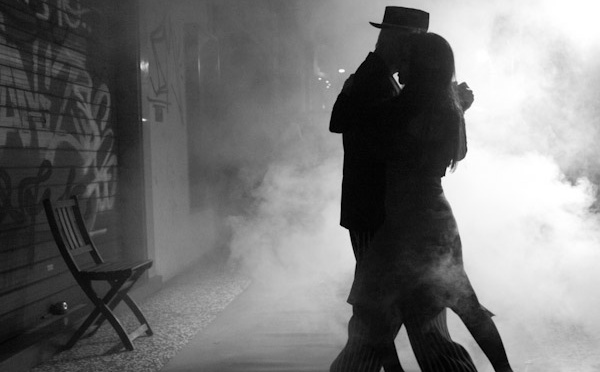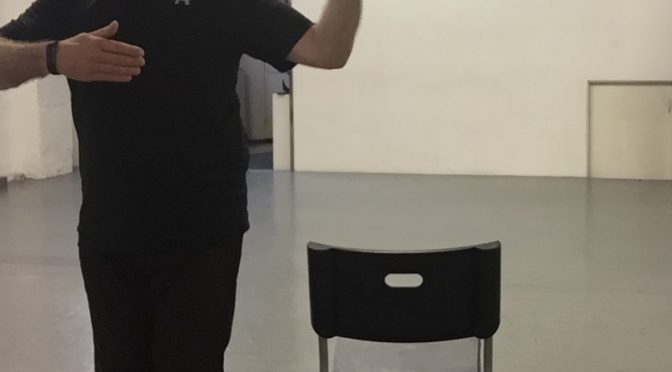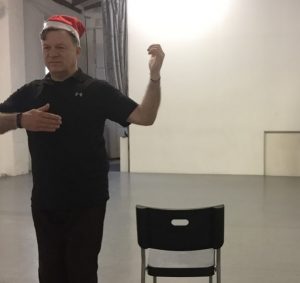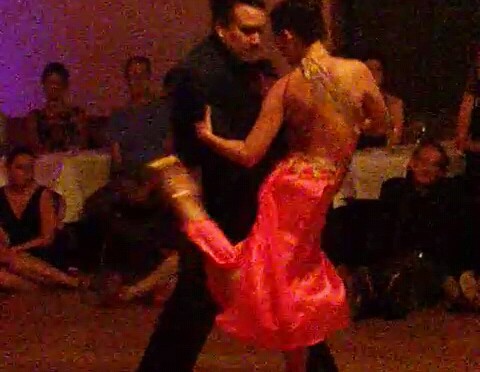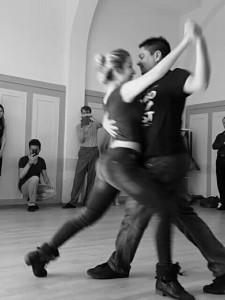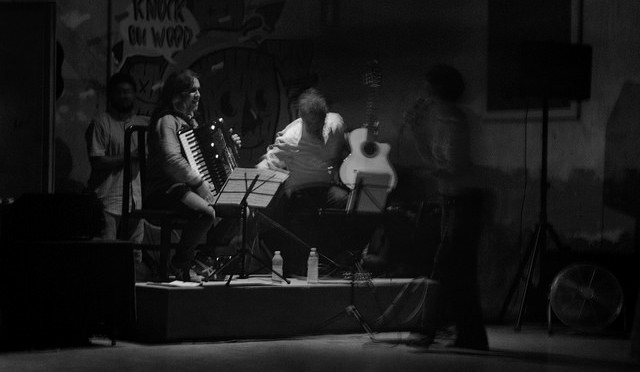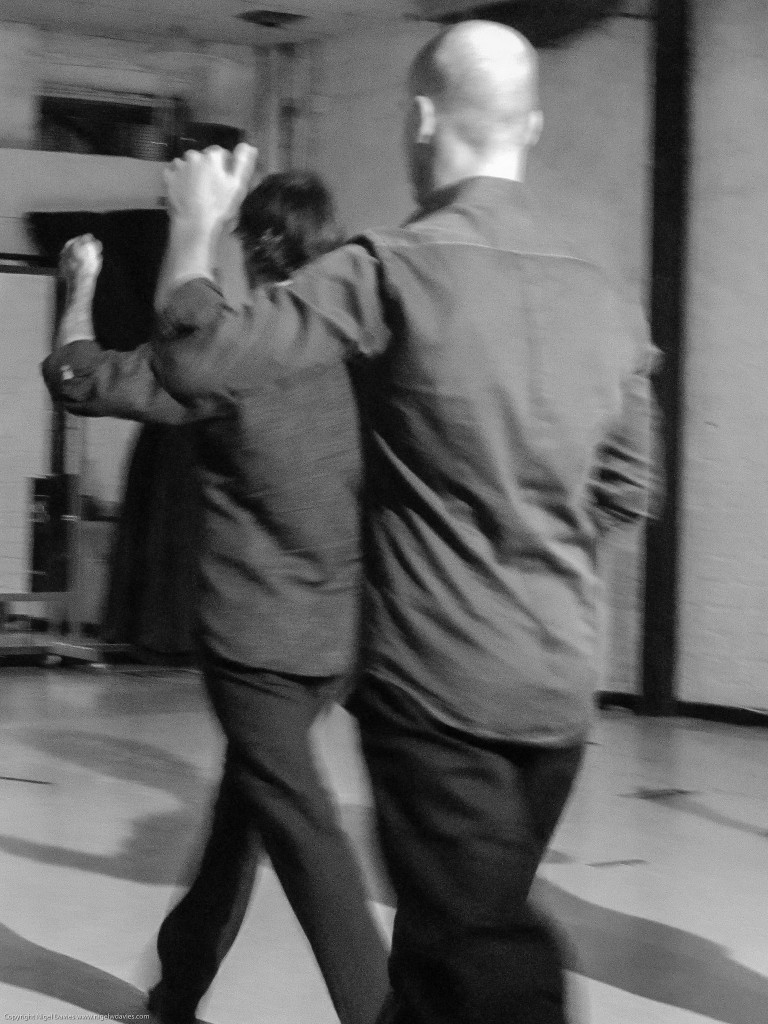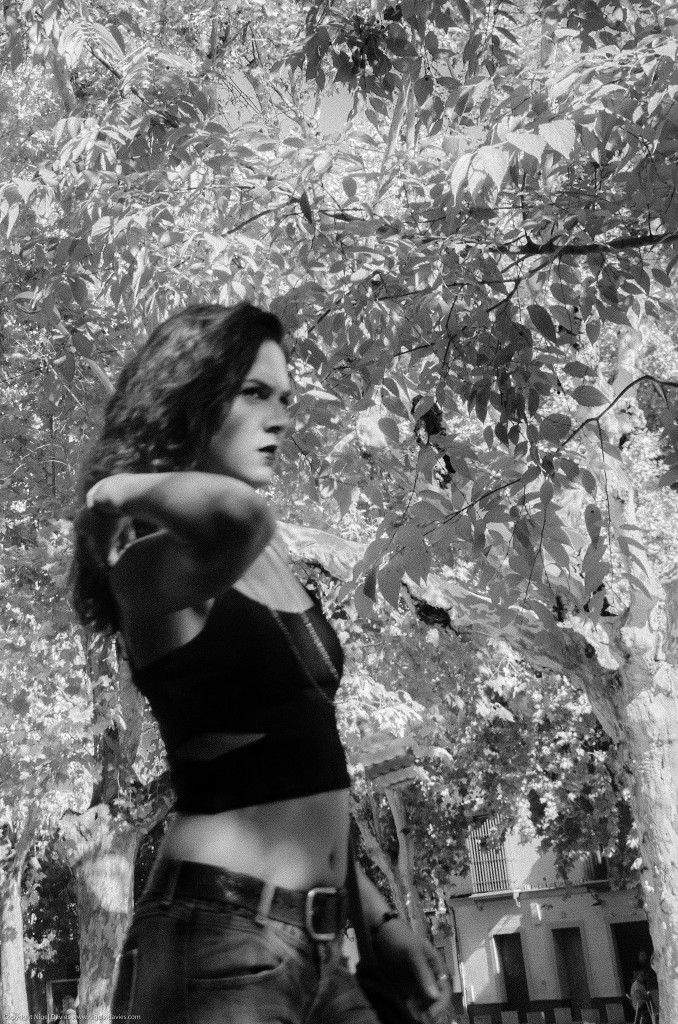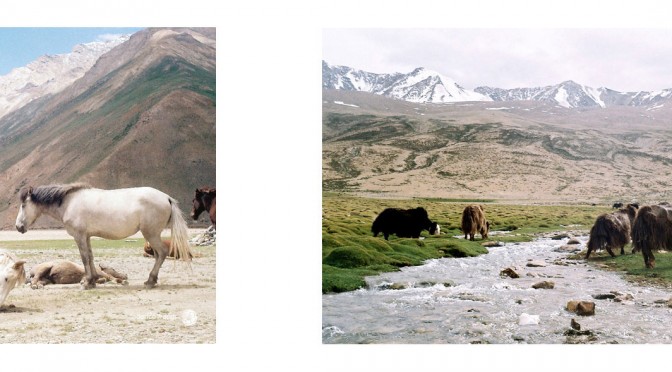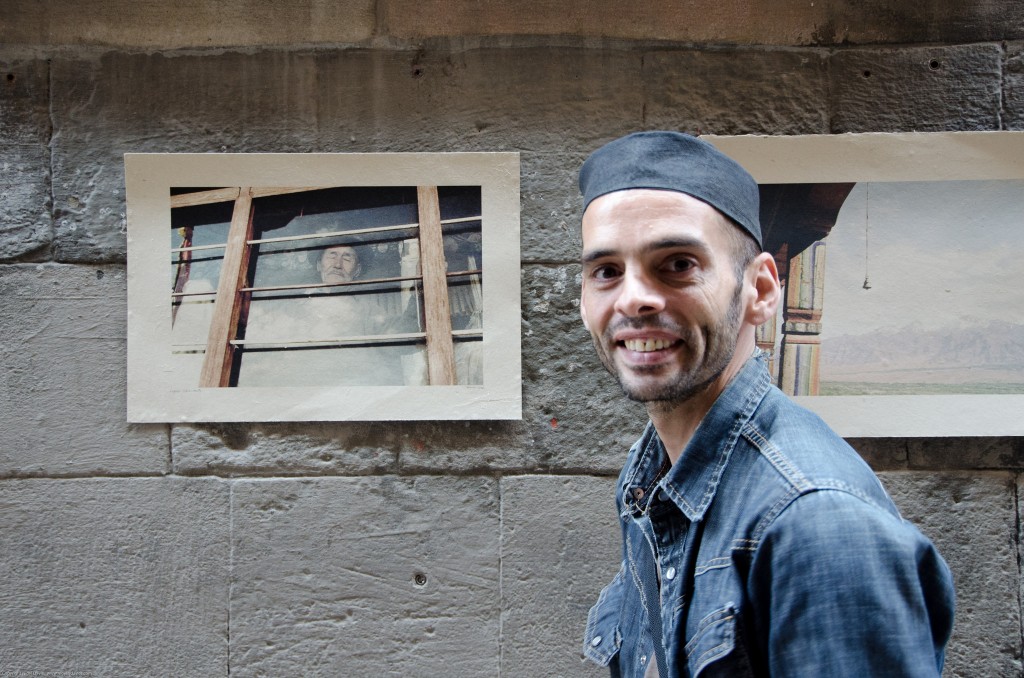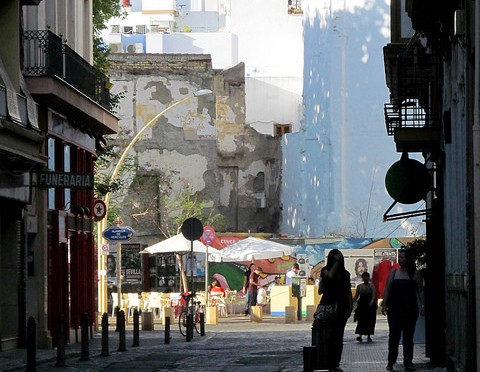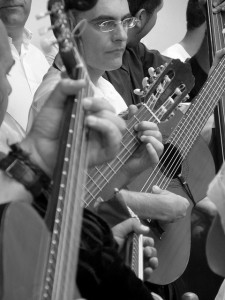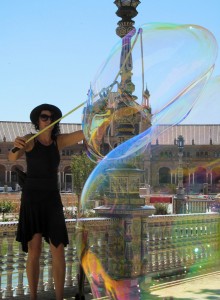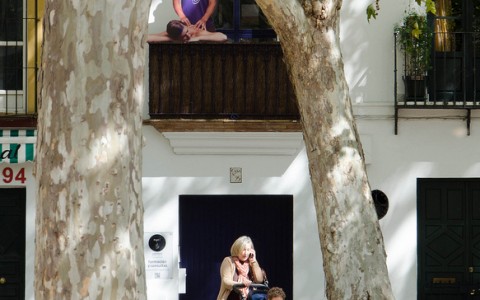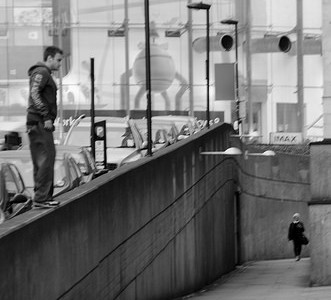I have been learning Spanish vocabulary consistently for 6 months now – after years of intermittently learning words as a background interest and through frequent trips to Spain largely connected with studying Tango.
I have been using vocabulary lists and e-readers to source new words, and entering those into a smart flash card app that manages the testing of each word according to how well you know it.
As I reached this 6 month marker I became curious as to how far away I am from my aspirational goal.
It is an interesting task to estimate your current vocabulary.
Personally I am as of today learning just over 3,000 words in my current flashcard system – the majority of these are very much in progress and there were many simple words I already knew and so never entered into this learning system.
I also know that I can read easy readers at the B2 level of learning without too much trouble – although of course there are always new words. These are well defined as needing a 4,000 word vocabulary. B1 are a bit easy for me at 2,000
The next level up in the official classification is C1 – which doubles the vocabulary needed to am impressive 8,000 words.
A very interesting hour of research has led me to the fact that for comprehension of written material such as a novel you need get to the level where you cannot understand only 1 in 50 words. More than that will mean you lose the meaning. This fascinated me – I had never come across these kind of statistics.
In conjunction with the fact that further research indicates that a complex novel needs a vocabulary of 9,000 words to understand this becomes super informative.
So I took out a Marquez short story and measured accurately the number of words I did not know using a reasonable sample size of a few pages. This turned out to be 1 in 15.
As the required level is 1 in 50 this is perfectly in line with the fact that I cannot yet read Marquez at all. Nowhere near it.
In the format of this particular book it tunes out that I need ( at 49/50 known ) to only have 7 unknown words on each page. At my current level it is in fact 23. Three times too many.
So drawing all this together this means that I estimate my current vocabulary is around 4,000 words. Slightly less than half the requirement for my goal.
Due to the joys of data in decent software I can see on my efforts for the last 6 months I have been consistently learning an average of 16 new words every day – or 500 a month. Again most of these are in progress rather than truly learnt.
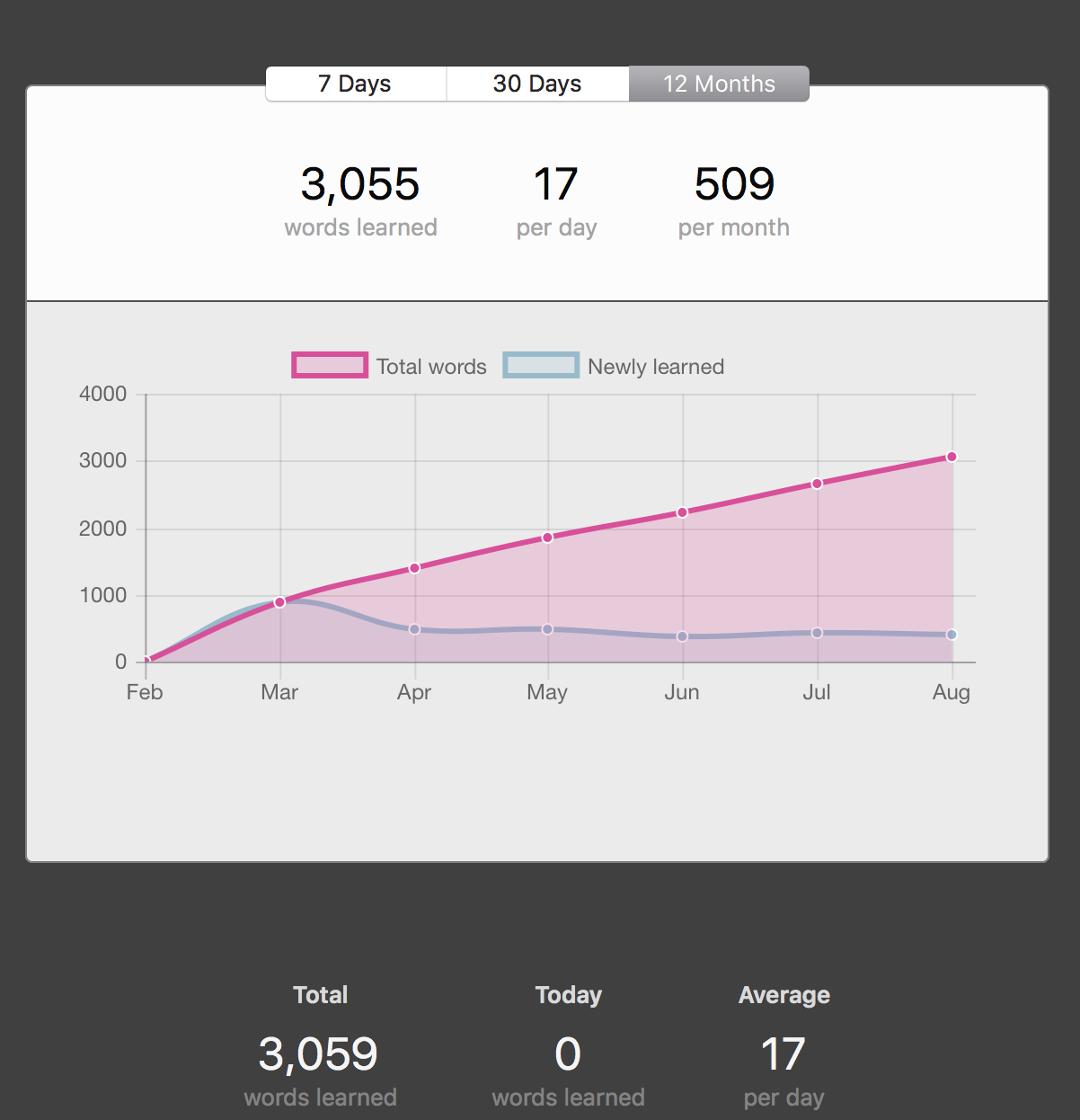
As I have every intention of continuing at exactly the same rate – I need 5,000 more words – which will take 10 months.
But then I need to turn those into learned rather than in testing – so I am allowing another 2 months for all of this to happen – as that on average is how long it takes me for a new word to go through the different levels on my app.
So after all this it looks like one more year. This does seem super optimistic – but let’s see!
I have therefore booked out the evening of Sunday 1st September 2019 as my next attempt to read Marquez.
If it is still a struggle – which I am fairly sure it will be – I will enjoy spending that Sunday evening instead measuring again how many words I do not know – and comparing that new figure to my current 1 in 15 and the well researched target of 1 in 50.
Till then he’s back on the shelf and it’s easy readers and slow steady progress up the mountain of learning.

